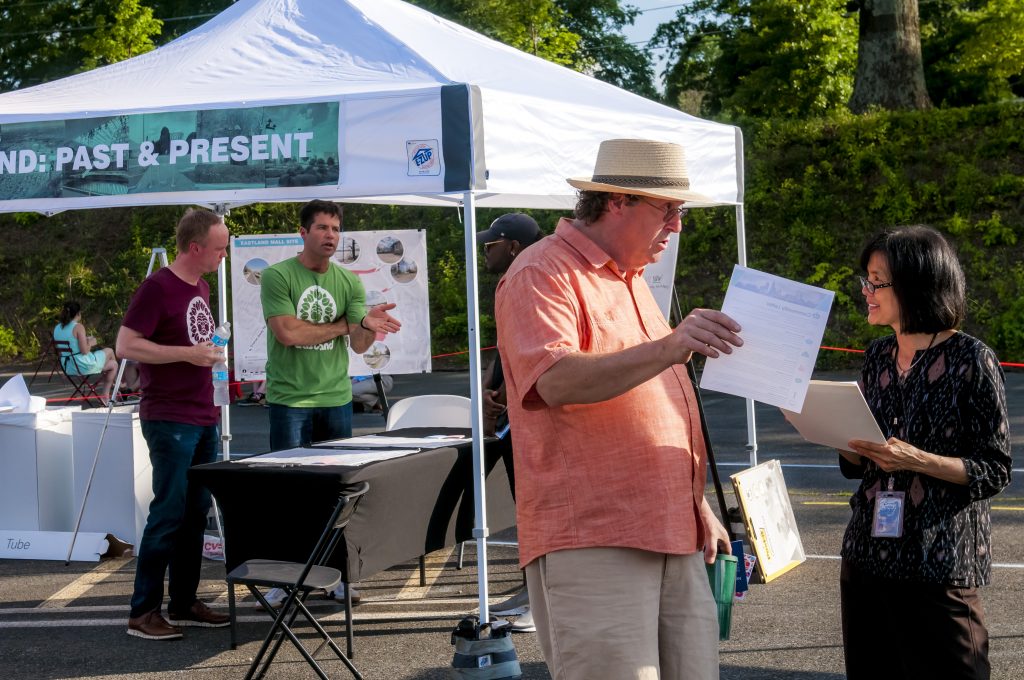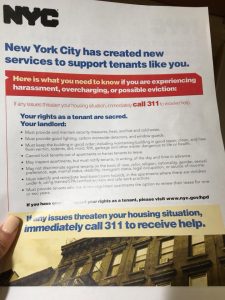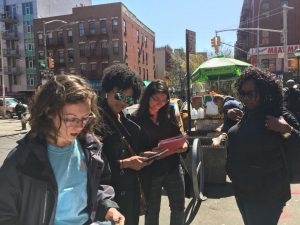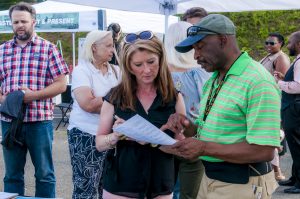
As our communities grow and become more diverse, local government agencies are combining new and tested techniques to engage their residents. In the traditional model of community engagement, agencies relied on public meetings to get feedback from residents. While this can still be an effective means of engagement for some populations, many residents are missed in the process. Similarly, as governments have embraced new technology to bridge the gap, there is still no substitute for face-to-face interactions.
So what is the next step? How do you reach as many residents as possible in a meaningful way?
With this question in mind, representatives from the City Manager’s Office in Charlotte, North Carolina and New York City Mayor Bill de Blasio’s Public Engagement Unit (PEU) have established an ongoing partnership that will help both cities expand efforts to engage constituents who can benefit from key services and programs.

Both cities have been testing new techniques over the last few years to expand their impact and ensure that all residents have the tools to increase their quality of life.
In Charlotte, with support from the John S. and James L. Knight Foundation, the City has tested new methods of inclusive community engagement to get resident feedback in the areas of community safety, housing options and good paying jobs. The City harnessed its existing capital by activating 160 City employees and community partners to have one-on-one conversations with Charlotte residents both in person and over the phone through the City’s 311 customer service center. Nearly 8,000 conversations resulted, reaching one in 100 Charlotteans.
“The conversations have been educational and powerful both for employees and civic leaders conducting the conversations, as well as for residents who may be connecting with local government for the first time in a personal way,” said Charles Thomas, Knight’s Charlotte program director. “Our goal is to help people design their own future.”
In New York, PEU meets New Yorkers in their communities by knocking on doors, making calls and holding local events, providing individualized and in-person assistance to increase access to key City programs, including tenants’ rights, affordable housing, homelessness prevention and reduction and healthcare. PEU uses custom digital tools and data, innovative outreach methods and case-management strategies to help increase awareness of and participation in programs that keep New Yorkers healthy, stably housed and more engaged with their government.
 In early May 2018, a group of City of Charlotte employees from across multiple departments traveled to New York City to learn from PEU. Strategy sessions were conducted to analyze existing outreach programs in both cities and exchange best practices to increase participation in public services and strengthen civic ties. They also shadowed PEU’s outreach specialists as they canvassed rent regulated buildings, knocking on tenants’ doors to inform them of City programs that protect tenants from landlord harassment and provide housing-related legal assistance.
In early May 2018, a group of City of Charlotte employees from across multiple departments traveled to New York City to learn from PEU. Strategy sessions were conducted to analyze existing outreach programs in both cities and exchange best practices to increase participation in public services and strengthen civic ties. They also shadowed PEU’s outreach specialists as they canvassed rent regulated buildings, knocking on tenants’ doors to inform them of City programs that protect tenants from landlord harassment and provide housing-related legal assistance.
“Face-to-face conversations are still king. There is nothing more powerful than talking with someone one on one to understand their needs, obstacles, and share information. It may be time consuming, but personal connections are everything. And the follow up with that conversation to make sure an issue is resolved or an opportunity was seized, builds vital trust,” said Sarah Hazel, Assistant to the City Manager in Charlotte.
With support from the John S. and James L. Knight Foundation, both cities will continue exchanging strategies and digital tools as new, innovative solutions are developed to solve the unique issues facing their constituents.

What a fascinating project. This strikes me as the same kind of capacity building that is done with citizens academies in the sense of building relationships and rapport with residents as opposed to just pushing information out to them. But the reach is far greater in terms of sheer numbers. 8,000 residents. Wow. Do you know what kind of follow-up is being done to measure impact?